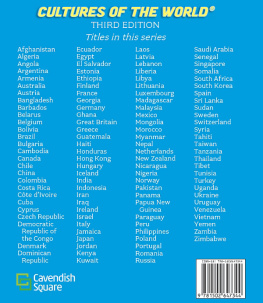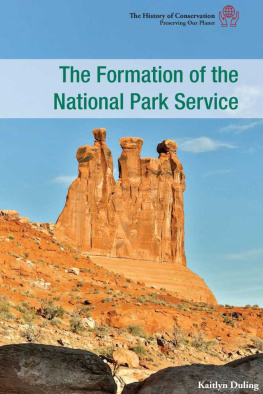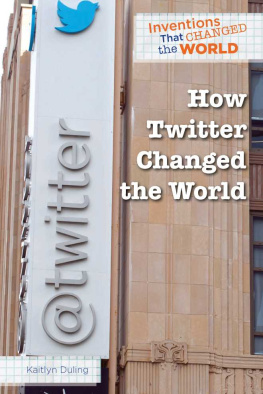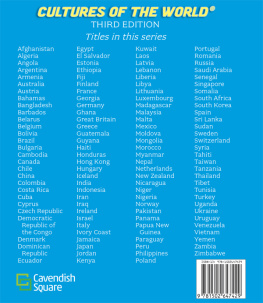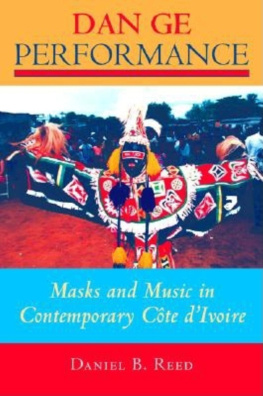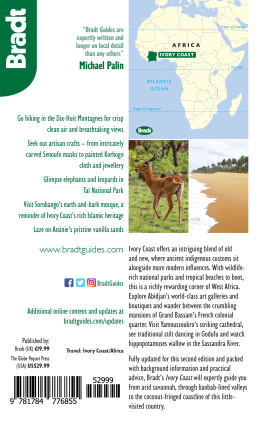
Published in 2019 by Cavendish Square Publishing, LLC 243 5th Avenue, Suite 136, New York, NY 10016
Copyright 2019 by Cavendish Square Publishing, LLC
Third Edition
No part of this publication may be reproduced, stored in a retrieval system, or transmitted in any form or by any meanselectronic, mechanical, photocopying, recording, or otherwisewithout the prior permission of the copyright owner. Request for permission should be addressed to Permissions, Cavendish Square Publishing, 243 5th Avenue, Suite 136, New York, NY 10016. Tel (877) 980-4450; fax (877) 980-4454.
Website: cavendishsq.com
This publication represents the opinions and views of the author based on his or her personal experience, knowledge, and research. The information in this book serves as a general guide only. The author and publisher have used their best efforts in preparing this book and disclaim liability rising directly or indirectly from the use and application of this book.
All websites were available and accurate when this book was sent to press.
Library of Congress Cataloging-in-Publication Data
Names: Sheehan, Patricia, 1954- author. | Ong, Jacqueline, 1983- author. |
Duling, Kaitlyn, author.
Title: Cote dIvoire / Patricia Sheehan, Jacqueline Ong, and Kaitlyn Duling.
Description: Third edition. | New York : Cavendish Square, 2019. |
Series: Cultures of the world | Includes bibliographical references and index.
Identifiers: LCCN 2019000407 (print) | LCCN 2019002022 (ebook) |
ISBN 9781502647351 (ebook) | ISBN 9781502647344 (library bound)
Subjects: LCSH: Cte dIvoire--Juvenile literature.
Classification: LCC DT545.22 (ebook) | LCC DT545.22 .S54 2019 (print) | DDC 966.68--dc23
LC record available at https://lccn.loc.gov/2019000407
Editorial Director: David McNamara
Editor: Kristen Susienka
Copy Editor: Nathan Heidelberger
Associate Art Director: Alan Sliwinski
Designer: Jessica Nevins
Production Coordinator: Karol Szymczuk
Photo Research: J8 Media
The photographs in this book are used by permission and through the courtesy of: Cover Walter Zerla/Cultura Exclusive/Getty Images; p..
Printed in the United States of America


N ESTLED ON THE WEST AFRICAN COAST BETWEEN FIVE OTHER nations and the Atlantic Ocean, the Rpublique de Cte dIvoire, also known as the Ivory Coast, has a long and storied past, a rich cultural history, and a hopeful vision for its future. The country received its name from French sailors who traded ivory along its coast. Like much of Africa, by 1893 Cte dIvoire had lost its independence to colonization. It was ruled from afar by the French. However, Cte dIvoire was unique among West African colonized areas in that the French lived in the region not only as bureaucrats but as settlers. French residents owned coffee, cocoa, and banana plantations that helped establish the country as one of the main exporters of coffee, cocoa, and palm oil, among other agricultural products.
Even after retaking independence in 1960, the country retained close ties with France, among other allies and economic partners, and it experienced early prosperity. Immigrants from the surrounding countries of Liberia, Guinea, Mali, Burkina Faso, and Ghana came to Cte dIvoire to work on farms, helping production expand to new levels. Immigrants continued to arrive from France as well, and the country grew both in population and economic wellness.

These soldiers stand guard in 2004. Armed men were a common sight in Cte dIvoire during years of civil unrest.
CHALLENGES
While growing economically, Cte dIvoire has not been immune to extensive periods of political unrest and even civil war. Several political leaders with strong personalities and ideas have gained and lost power over the years, and 1999 saw a military coup that sent a president into exile. Since that year, unrest, public uprisings, and violent protests have marred daily life across Cte dIvoire. From 2002 to 2004, the country was engaged in the First Ivorian Civil War, a battle between the Muslim northern rebels and a government-led group of Christians in the south. Neighboring countries, France, and the United Nations sent in troops to maintain boundaries, but the war continued unabated for over two years. A final peace accord between the rebels and the government didnt come until 2007, and by that time, infrastructure across the nation had been damaged. The country would need to rebuild.
The most recent outbreaks of violence in Cte dIvoire occurred in 2010, a result of political conflict after the 2010 presidential election. This period, known as the Second Ivorian Civil War, plagued the country until 2011. Now, once more, Cte dIvoire is in a state of rebuilding. Armed conflicts and tension continue to threaten peace at home, but those displaced by the election-related violence in 2010 have begun to return, and recent spurts of foreign investment are breathing new life into an economy long dominated by agricultural exports.
OPPORTUNITIES
Though the nation has been marked by passionate and violent disagreements between citizens, governments, and rebel groups, Cte dIvoires diversity and rich cultural history offer some of the greatest opportunities for the country going forward. There are over sixty unique ethnic groups in the country, and many of them are affiliated with groups in bordering nations. While the official language is French, a variety of languages are spoken across different regions and groups, and religious affiliation remains mixed as well. Muslims, Christians, animists, and others make up a diverse range of believers. This mixed population has brought different holidays, rituals, and celebrations to the country, and varying houses of worship dot the urban and rural landscapes.
While tourism is not the main economic driver in the country, every year thousands of travelers check Cte dIvoire off their list of visited destinations. Known for its beautiful beaches, wildlife preserves, tourist-centric villages, and French colonial legacy, it has plenty to offer to visitors, especially during times of consistent peace. Though its resources have come under threat in the twentieth and twenty-first centuries, Cte dIvoire still contains vast, lush rain-forest preserves that offer hiking trails, wildlife, and beautiful views. The countrys economic capital, Abidjan, is a coastal city and major urban center marked by skyscrapers, museums, and religious landmarks. Its governmental capital, Yamoussoukro, is home to government business but sees much less tourism. Rapid growth has given Cte dIvoire a youthful and energetic personality, even amid political turbulence. Over half of the population is under twentyfive years of age, and the population continues to grow every year.
TOWARD A FUTURE
Both residents and witnesses to Cte dIvoires many changes over the years are hopeful that the country is growing in its stability and sense of unity, which could lead to more peace and prosperity in the future. President Alassane Dramane Ouattara has been in place since 2010, and the economy is on pace to continue its growth and development. With a nation full of young minds and rich in resources, Cte dIvoire could see more prosperity in the coming decades.

